We examine the highly prospective industry of mineral mining with the Papua New Guinea Mineral Resources Authority (MRA).
MINERAL MINING IN THE SOUTHWEST PACIFIC
The world’s third largest island county, Papua New Guinea (PNG) is universally acknowledged for its wealth of natural resources. This independent island nation boasts a diverse tapestry of geological landscapes resulting from significant tectonic activity, as relatively recent movements within the Earth’s crust prompted the collision of the northwards-moving Australian Plate with the Pacific Plate, thereby separating the island landmass of PNG from the Australian continent in bygone millennia. Today, PNG’s landscapes, comprising jagged limestone, impenetrable lowland rainforests, the towering Central Highlands of the Bismarck Range and fertile volcanic basins, are evidence of this geological movement. Meanwhile, vast deltas and areas of swampy plains are the result of high sediment loads within the Sepik, Ramu, and Fly River systems.
This impressive geographical diversity to be witnessed above ground is equalled by the rich mineral offering hidden beneath the soil, hosting a wealth that has long been explored and, in an industry that has historically received much criticism, exploited. The region is considered prospective for the exploration of several mineralisation styles, including epithermal and porphyry-related high and low-sulfidation systems, skarns, volcanic massive sulphides, exhalative manganese deposits, lateritic nickel-chromite-cobalt and sea floor massive sulphides.
PNG’s capital of Port Moresby, situated on the fringes of the Coral Sea within the Gulf of Papua, is the dynamic seat of PNG’s export trade, which continues to represent the economic lifeblood of the nation. Naturally blessed with an abundance of minerals, gold and copper comprise PNG’s major mineral exports and are supported by stable trade links with surrounding nations across Asia Pacific, primarily Australia, Japan, China, and Singapore.
Acknowledged as the land of gold and copper, PNG’s principal exports of minerals also include silver (a commercial by-product of most mines), nickel and cobalt.
A RICH HISTORY
The indigenous people of Papua New Guinea have mined clay and ochre from the earth for millennia, with traces of pottery unearthed in 1852 attesting to the presence of gold on the island. However, it wasn’t until the 1970s that the deposits of PNG were well and truly bought to the fore, triggering frenzied industrial activity at a pace that has more or less continued to present day. A defining decade that also witnessed PNG gaining national independence in 1975, the country was effectively transformed by the discovery of major mineral deposits – both physically, as several large-scale mining operations were constructed across the country, and economically, as the export trade flourished and introduced a seismic shift for PNG’s economy. Financial activity was revolutionised by the nascent extractive sector and the subsequent tax revenue resulting from international trade.
This originated in the pursuit of porphyry copper before the attention shifted to gold by the 1980s, when the discovery of deposits at both Porgera and Lihir exposed some 200 tonnes of gold, alongside other natural deposits of economic interest. Globally important mines are situated around intrusive centres and volcanic edifices that contain porphyry copper-gold ores and epithermal deposits of gold and silver.
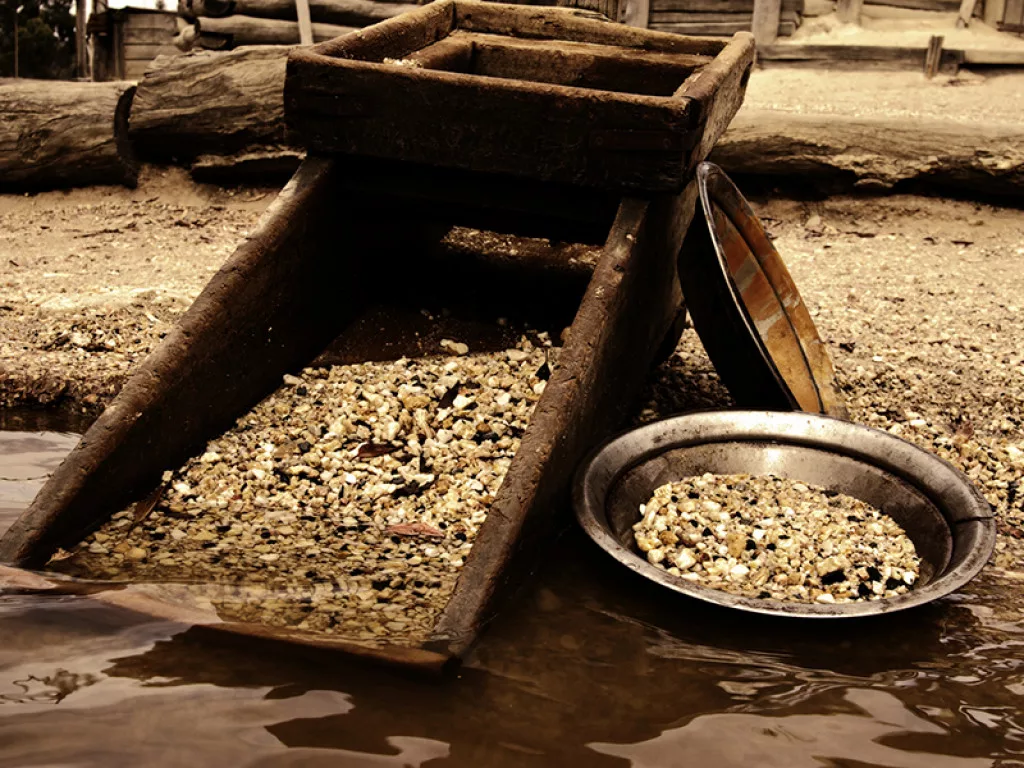

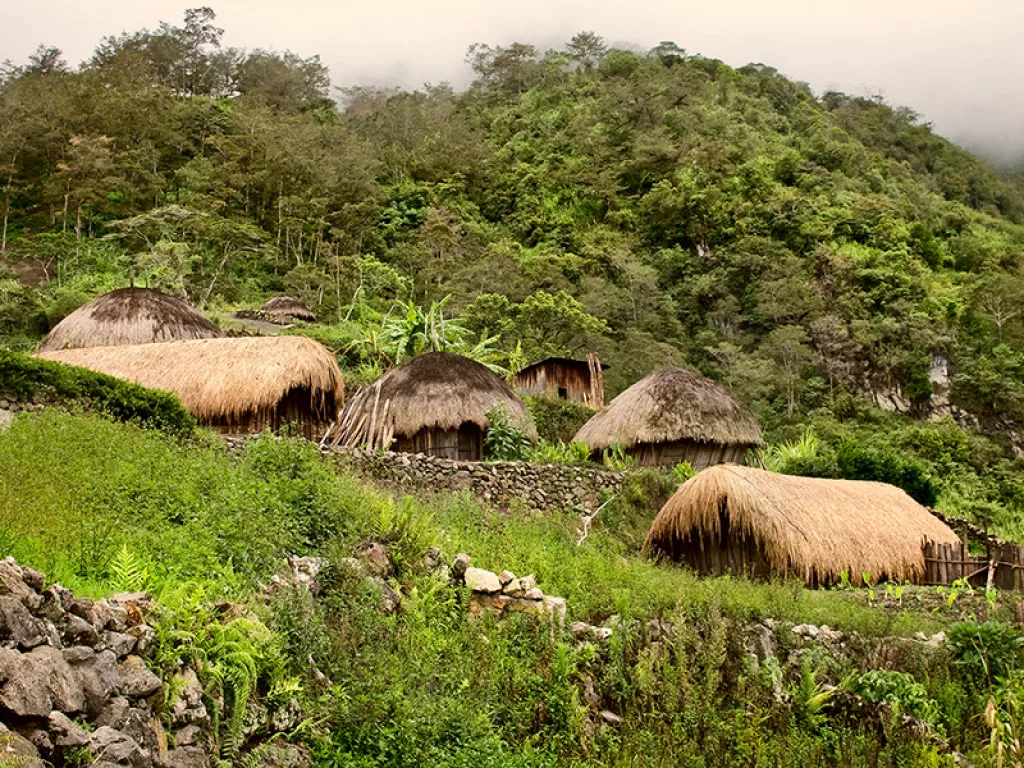
SECTOR CHALLENGES
For various reasons, the primary challenge defining the mining of mineral resources across PNG, are the disputes surrounding contested mine locations and the fraught relationship between mining companies and local landowners. Historically, this has resulted in turmoil and even outright warfare, as evidenced by the significant conflicts that resulted in the closure of the Panguna mine in 1989 and the subsequent introduction of a ‘peace process’ in the late 1990s.
Alongside the humanitarian issues evidenced by the relationship between mining companies and the local population, environmental concerns prevail. The PNG space introduces further complexities of safeguarding the needs of local communities and resource owners whilst demonstrating a concern for environmental sustainability in the face of the government’s continued drive for development, as evidenced by the major projects of the Wafi-Golpu and Frieda-River from Australia-based PanAust – a gold and copper mine that has received significant backlash for the potential environmental damage to the Sepik River.
The environmental effects of large-scale mining operations are still hotly contested, as polluted fields and poisoned water supplies continue to pose a real threat concerning the improper marine disposal of mine tailings, and the illegal use of mercury in alluvial gold mining. The exploration stage of scouting for mining locations and consequent extraction processes can have significant environmental impact, involving road building, forest clearances and resettlement for communities.
Due to the nature of the mineral deposits, mines across PNG are located in remote, isolated areas, situated amidst mountainous terrains and on the surrounding outer islands. The nature of the terrain translates to a lack of visibility and is a major hurdle in effectively overseeing mining activities and dispelling illegal operations that continue to plague the industry.
Most recently, the earthquake of February 2018 hampered the sector’s progress, particularly regarding liquefied natural gas (LNG) operations, as a natural disaster of significant magnitude wreaked widescale disaster, burying local communities and causing landslides and sinkholes.
Today, ongoing fluctuations in commodity prices and increasing operating costs are a challenge, with mining companies walking the tightrope of balancing shareholder dividend expectations whilst maintaining a pipeline of investments. On a journey to becoming an enabling business environment, industry in PNG can be hampered by a weak public infrastructure and limited access to land and finance, alongside political instability, and a general skills shortage. Meanwhile, all industrial operations on the island face constraints in the shortage of foreign currency and unfavourable exchange rates.
All of the above remain pertinent to the PNG industrial mining landscape and continue to effect operations, with mining companies on the island expected to revere and respond to these challenges, thereby confirming the need for a regulatory body to oversee and safeguard the interests of the sector in a modern context.
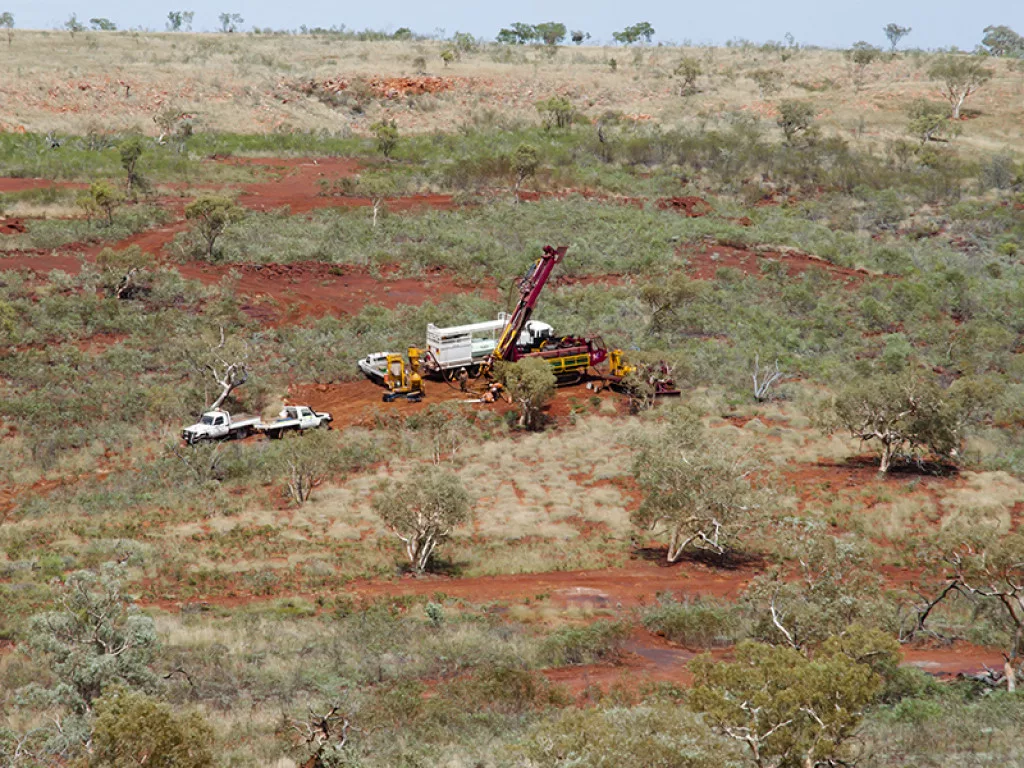
A HOPEFUL FUTURE
Despite this fraught context, mining in PNG continues to boom in the 21st century with several new mines opening across the landscape. In the face of sector-wide challenges, PNG remains a prospective region rich with opportunity for large-scale development, as the country seeks to move on from this dark past.
Today, the sector advocates a renewed consciousness and awareness concerning the mitigation of environmental and societal damage. As the country’s second largest employer and a significant contributor to the development of rural infrastructure, mining has a key role to play within the development of PNG as a Small Island Developing State (SIDS). Gold and copper deposits currently represent two-thirds of the value of countrywide exports, with income from mineral mining representing one fourth of the gross domestic product (GDP).
In recognition of the economy’s dependence on the extractive industries, the PNG government is now focused on facilitating broad-based, inclusive and sustainable development with greater diversification, by investing and strengthening the business environment to encourage development within the private sector.
PAPUA NEW GUINEA MINERAL RESOURCES AUTHORITY (MRA)
Realising the untapped potential of small-scale operations and overcoming sector-wide challenges with the guardian body of PNG’s mining sector
At the forefront of mining operations within PNG are the Papua New Guinea Mineral Resources Authority (MRA), charged with overseeing the industry’s vast footprint across the country. As an official Government Agency, the actions of the MRA are intrinsically linked with governmental activity, with all functions essentially operated on their behalf. The MRA came to fruition in 2005, established as a direct response to the enactment of the Mineral Resources Authority Act passed by the national Parliament that same year. The authority adopts an essential role of stewardship in overseeing the compliance of all PNG tenements to sector regulations.
The MRA effectively began operation in 2006, as the former PNG department of mining was divided to form two new organisations: the MRA and the Department of Mineral Policy and Geo-Hazard Management. The Authority is structured around a board of members representing a range of professions, including economists, geologists, and mining engineers.
This combines to create an assembly with extensive industry expertise and managerial experience, resulting from the board members’ combined responsibilities spanning both the public and private sector. Indeed, board membership is divided equally, as the total nine members are split into four representatives from the public and private sectors respectively and presided over by the Managing Director.
Today, Managing Director Jerry Garry holds tenure over the MRA, bolstered with extensive industry experience. Previously working as Director at Explominer Geoservies Ltd in Port Moresby and the former PNG Country Manager at Crater Gold Mining Limited, Garry brings a unique understanding of the industrial context to his position. His professional and post-graduate background comprises contracting and consulting services for mineral exploration, tenement management, including supervising environmental permit application, alongside conducting training and mentoring within the field.
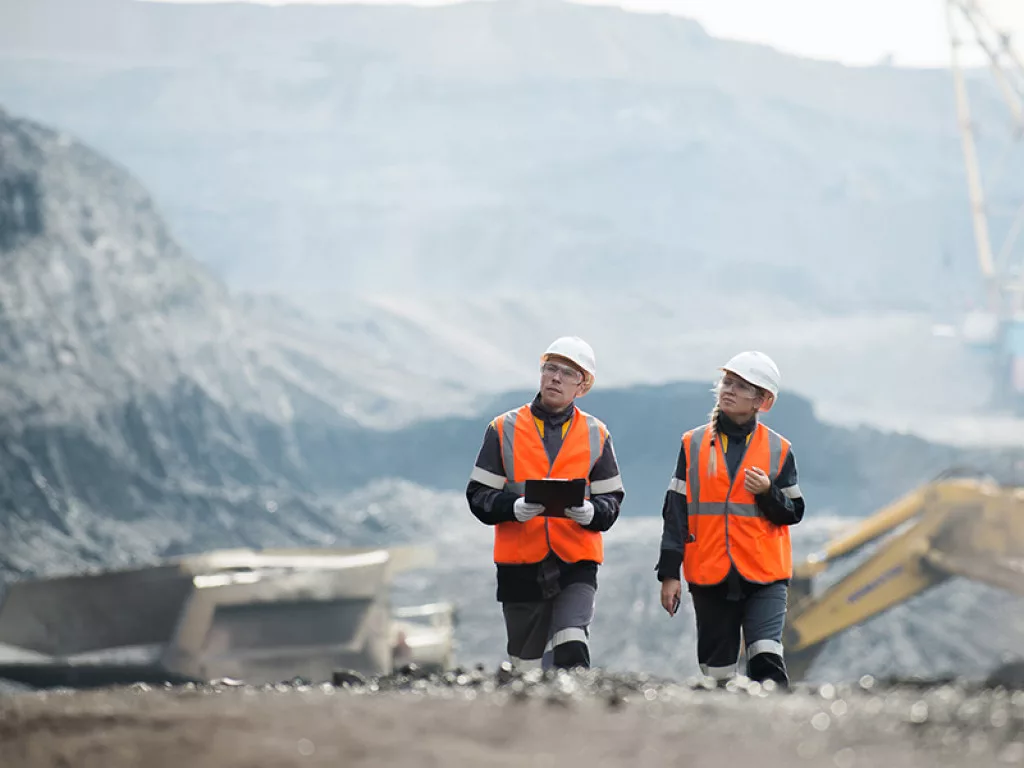
MRA SAFEGUARDING THE SECTOR
The MRA fulfil a crucial role in supervising mining activities and thereby safeguarding the interests of the sector. This translates to enabling smooth operations, and ensuring that all mining activities are conducted according to government expectations.
As most land across PNG continues to be controlled through traditional systems of land tenure, the MRA are critical in endorsing the legal requirements of all mining companies to adequately compensate local landowners, thereby easing the tension that has historically caused significant disruption within the sector. This is particularly relevant in a modern context, whereby mines currently operating in PNG are no longer isolated to specific geological terranes or elements.
As a regulatory voice, the MRA promote strict regulations for any company seeking to conduct business within PNG. This is evidenced by the public updates that the authority distributes, performing a key role in inter-sector communication – as in February of this year when the MRA released a notice encouraging all mineral tenement holders within PNG to report and address unlawful mining activities. By identifying hazards, conducting awareness and informing offenders about the imminent dangers associated with unauthorised mining activities, the MRA define themselves as the point of contact to raise such issues. All tenement holders are therefore obliged to report unsafe artisanal or mechanised mining activities to the MRA’s Chief Inspector of Mines or the PNG Director of Mining.
The MRA overcomes the challenge of the remote location of PNG’s mines by deploying a band of inspectors who travel to sites across the island to fulfil their supervisory role. These inspectors are charged with conducting regular inspections of stockpile areas and other regulatory matters. The crucial role of these inspectors was evidenced in 2018, when one of PNG’s major mines, Ok Tedi Mining Limited (OTML) came under fire with false allegations regarding illegal alluvial gold mining activities. It was a claim that MD Jerry Garry was quick to publicly dispel, thanks to the MRA inspectors who could confirm that no evidence of the claim had been uncovered on board the mine’s dredge, allowing the Authority to effectively safeguard the mine’s reputation.
PROTECTING PAPUA NEW GUINEA
The MRA endorse equal respect for the environment in which they operate. The authority appreciates that an understanding and reverence for the diverse culture and socio-economic context of PNG is essential to guarantee successful and long-lasting mining and exploration operations.
Promoting a community-conscious approach, MRA recognise and encourage the vitality of strong, beneficial relationships between mining operators, landowners and local communities. This is enforced through strict regulations and parliamentary laws that seek to protect the interests of all parties involved.
In addition, the MRA endeavours to foster and nurture a healthy consideration for the biodiversity and natural landscapes of PNG. Similarly, this is implemented by ensuring that all tenement holders abide by existing environmental legislation whilst also advising other corporate entities on how to do the same, thanks to the expertise gained from the Board’s collective experience in the sector.
By so doing, the MRA seek to protect PNG’s rich biodiversity and biological heritage, consisting of unspoilt natural landscapes and multiple rare species, for the sake of future generations. The MRA continue to assist the PNG government in these commitments.
The MRA’s mandate of promoting positive mining sector development in PNG is best evidenced by the educational role that the authority chooses to adopt. As an educational voice, the MRA runs a small-scale mining school in the town of Wau in Morobe province, whilst additionally supporting the further development of the sector through training activities and other forms of technical support.
The MRA produce and circulate mining specific publications, including brochures and pamphlets covering a range of topics pertinent to the sector. This includes the bi-annual Mining Exploration Bulletin and the MRA’s official newsletter, Mineral Tok. This ensures that all MRA stakeholders are kept up to date with industry updates, exploratory work, sustainable people centred activities, legislative policies and updates, capacity building and institutional strengthening developments as well as investment and marketing drives.
An on-site library is the repository of records and information on geo-scientific studies and work from pre-independence era to present. It contains a huge volume of geo-scientific knowledge and archives of statutory reports submitted by mineral tenement holders that are available for all MRA members.
Finally, the MRA’s educational role is furthered by the authority’s dedicated involvement in the country’s geological survey in the face of a significant lack of data. MRA is continuously working to improve the quality and coverage of geo-scientific data in PNG, and does so through leveraging its own resources, whilst also cooperating with international partners.

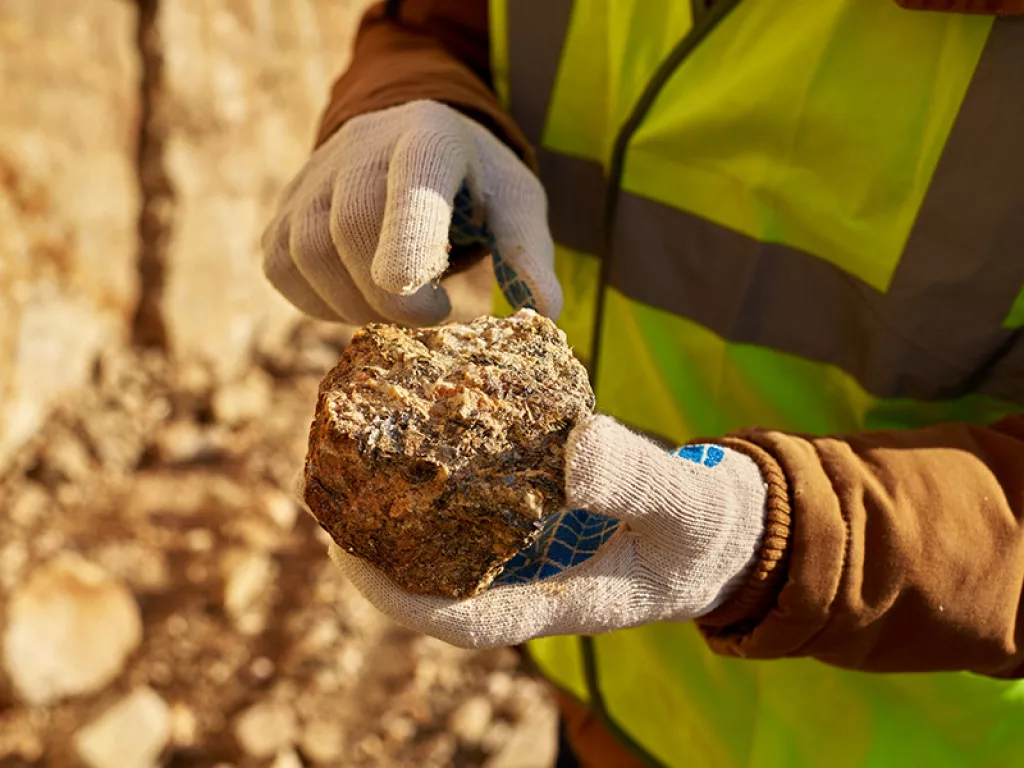
MRA CHAMPIONING SECTOR DEVELOPMENT
Operating under the mantra ‘Minerals for Life’, the MRA are invested in championing a sustainable vision of development to ensure the sector’s long-term success. In a recent interview with the Oxford Business Group, Garry stated that MRA were currently investing in and utilising innovative exploration techniques to ensure sector sustainability.
Garry went on to comment that with a mature mining sector that has been stable for the past 55 years, investors should approach the industry with confidence. In order to guarantee this stability, new laws across PNG pertaining to mining must find the right balance between wealth distribution and a competitive fiscal and regulatory regime.
A key segment of this development is the progress of small-scale mining – a relatively untapped area with huge potential at the local level of businesses, with approximately 95,000 ounces of gold exported in 2012. Between 60,000 and 80,000 small scale miners earn a living out of alluvial mining by commonly using non-mechanical methods thereby making a contribution to Papua New Guinea’s total production of 1.9 million ounces of gold in the same year. Crucially, this kind of activity sustains the livelihood of rural mining communities whilst contributing to country revenue.
Just one example of promising developments within the sector is K92 Mining Inc. – a tenement holder within the MRA. Earlier this year, the mine was awarded the prestigious Canadian Thayer Lindsley Award for Best Global Discovery by the Prospectors and Developers Association of Canada (PDAC). A statement of excellence, the award represents an important achievement for PNG mines and all stakeholders concerned in making the Kainatu Mine a world-class site.
With an estimated 100 years’ worth of future extraction currently supported by the country’s mines and new projects under construction, the MRA will continue to guide the sector’s responsible development for the coming century.





































